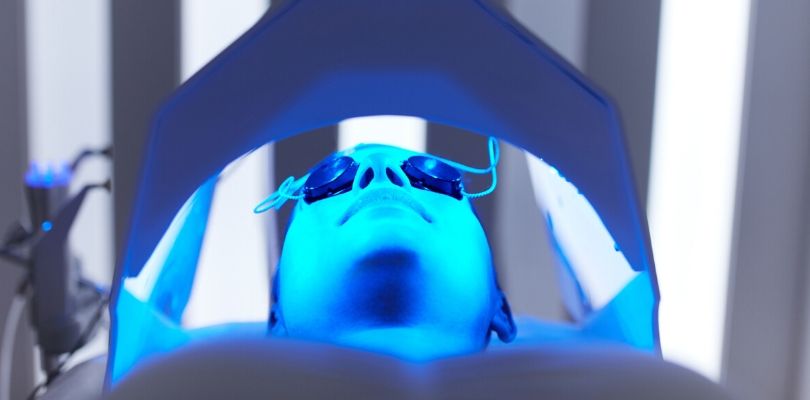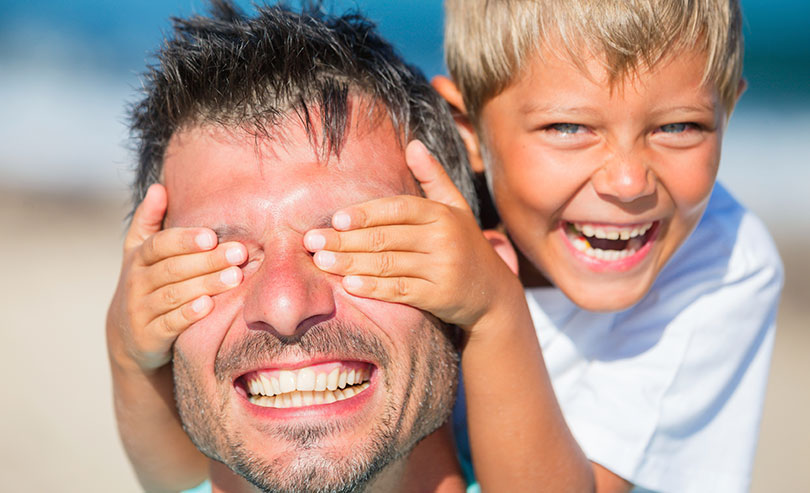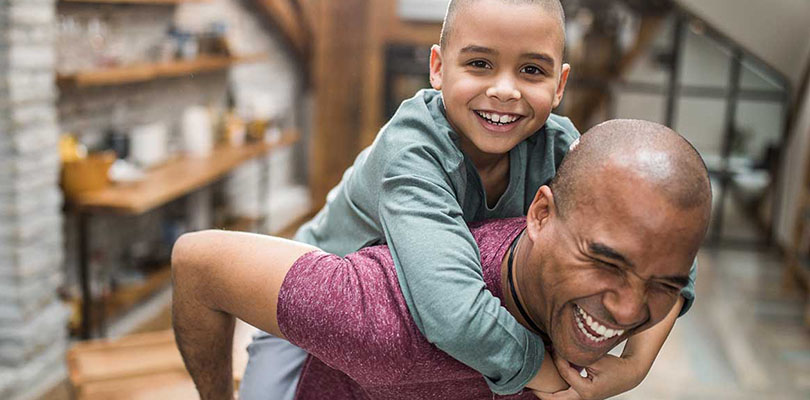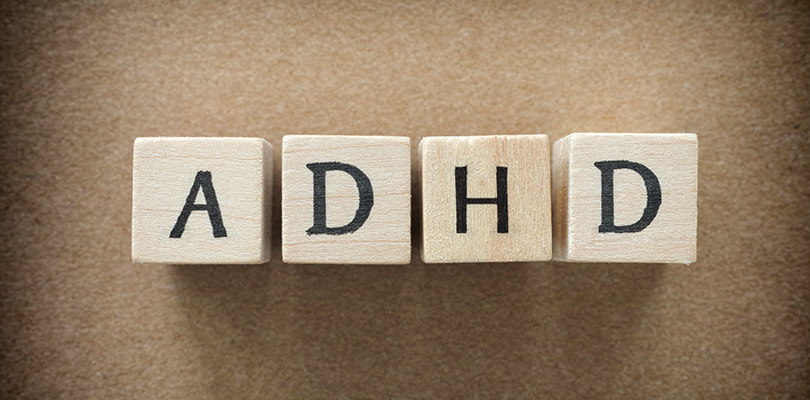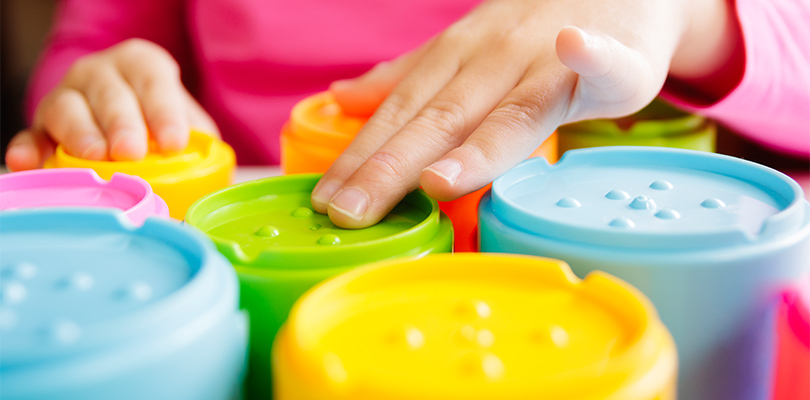Light Box Therapy for ADHD
People with ADHD face limited treatment options. They can use stimulant medications, which are very helpful for many, but they also carry the risk of side effects like appetite suppression, anxiety and cardiac issues.
Nonstimulant medications lack the quick onset of action and may not deliver the level of symptom relief the person seeks. Therapy options are helpful to manage the effects of ADHD, but therapy alone has limitations in actually reducing the symptoms of the condition.
If you are struggling to find a good balance of therapy and medication for your ADHD or the ADHD of a loved one, you may want to consider light therapy (LT) for ADHD.
What is ADHD?
To begin, it is helpful to define ADHD. Attention-deficit/ hyperactivity disorder is a condition that involves a person having symptoms of inattention or hyperactivity. People with ADHD will display both inattentive and hyperactive symptoms.
ADHD occurs throughout the lifespan, but the person must show signs of ADHD during elementary school to receive the diagnosis. Another detail of the ADHD diagnosis is that the condition must adversely impact multiple aspects of the person’s life like work, home, school, and the community.
What is Light Therapy?
You might expect light therapy to be a complex and complicated form of treatment, but the opposite is closer to the truth. LT only asks the person receiving treatment to sit next to a device called a light box or a light therapy box.
The idea is for the box to emit a bright light that closely resembles the natural light from the sun. You may also hear people refer to light therapy as:
- Bright light therapy
- Phototherapy
Many people use light therapy for a variety of mental health and situational issues including:
- Depression, especially seasonal affective depression marked by worsening symptoms in the fall and winter
- Jet lag
- Sleep problems
- Dementia
- Shift work
The use of light boxes and light therapy is not as well known, but the treatment could show promise for people with the condition.
How can Light Therapy Help People With ADHD?
Studies are showing a range of positive effects with the use of LT. In a study that involved a group of adults with ADHD who used light therapy in the mornings, results showed:
- Lower reports of ADHD symptoms
- Lower observation of ADHD symptoms
- Better moods
- Improved sleep patterns
These results are encouraging and show how interconnected symptoms become with a condition like ADHD. If someone is receiving poor sleep, their ADHD symptoms could worsen. Similarly, if their mood is more depressed, they could struggle to concentrate and pay attention.
Even though perscription medicine may work, ADHD natural medication has become more prevelant. Find out about all the natural ways to treat ADHD.
Since light therapy both directly and indirectly improves various ADHD symptoms, it seems like a fantastic choice for people interested in changing or revising their ADHD treatment plan. As always, be sure to consult with your providers for steps to safely integrate light therapy into treatment.
What to Expect During Light Therapy
When setting out to begin light therapy, it will be crucial to discuss the situation with your mental health treatment team. Although LT is usually safe and effective, there are certain risks that accompany the treatment.
People with medical conditions that make their skin especially sensitive to light should use caution. Also, people with bipolar disorder may want to avoid LT because it can trigger manic symptoms.
Once you start light therapy, you will want to position the box in a way that allows the light to make contact with your eyes, since the skin cannot relay the benefit of the light. Just be sure to not look directly into the light to avoid any potential damage to the eyes.
With light therapy, you will want to experiment to find the best combination of intensity, duration and timing.
- Intensity. The intensity or brightness of the light is measured in lux units. Many standard lightboxes are around 10,000 lux. To achieve the desired intensity, position the box between 16 and 24 inches from the face, unless otherwise specified in the manual.
- Duration. A bright 10,000-lux box may only require 20 minutes of daily use to produce the desired effects. Boxes that are less intense will need more time. When starting LT, try shorter amounts of time to ensure that treatment is safe for you.
- Timing. It turns out that when you do light therapy is as important as how you do it. For most people, light therapy is most effective when completed first thing in the morning, or if you work nights, right after you awake.
To make the most of your light therapy, follow these tips:
- Get the right box. Avoid boxes that utilize UV rays as these can damage the skin. Likewise, avoid tanning beds. These are not replacements for lightboxes.
- Stay consistent. Build a routine around your lightbox use to get your body accustom to the practice. Try to complete it every day, especially during the winter.
- Record the results. To see the differences light therapy and lightboxes can offer, record your results. Write down when, how, and how long you use LT and document the effects.
Light therapy may not be right for everyone, but for some people with ADHD, light therapy will be an inexpensive yet effective way to reduce symptoms.
